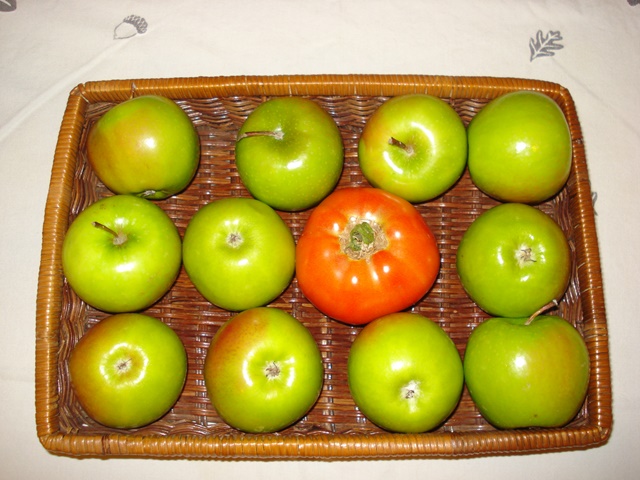
Leadership Skills
Nutrition
That old phrase, "you are what you eat," is true. According to the Center for Science in the Public Interest, "unhealthy eating and physical inactivity are leading causes of death in the U.S." Understanding the contents of food products is a daunting task, and it seems that the rules about labelling and what is good for human consumption changes. Nevertheless, here are some dietary guidelines from the Office of Disease Prevention and Health Promotion at Health.gov:
- Balance the calories you eat with your physical activity
- Eat more fruit, vegetables, whole grains, low-fat dairy, and seafood
- Consume less salt, saturated fat, transfat, added sugars, cholesterol, and refined grains
The 2015-2020 Dietary Guidelines provide these recommendations:
- Follow a healthy eating pattern across the lifespan
- Focus on variety, nutrient density, and amount
- Limit calories from added sugars and saturated fats and reduce sodium intake
- Shift to healthier food and beverage choices
- Support healthy eating patterns for all
The 2010 guidelines provided more details and included 23 recommendations for everyone:
- Prevent and reduce overweight and obesity
- Control calorie intake
- Increase physical activity
- Maintain calorie balance between eating and activity
- Reduce sodium to under 2,300 mg
- Replace saturated fats (less than 10% of diet) with healthy fats
- Eat less than 300 mg of cholesterol
- Eat few transfats
- Reduce solid fats and added sugars
- Limit refined grains
- Drink alcohol (legally) in moderation
- Eat more vegetables and fruit
- Eat more dark-green, red, and orange vegetables as well as beans and peas
- At least half of the grains should be whole-grain
- Consume more fat-free or low-fat milk products
- Eat a variety of proteins
- Eat more types of seafood instead of meat and poultry
- Eat fewer solid fats
- Use oils instead of solid fats
- Choose foods with potassium, dietary fiber, calcium, and Vitamin D
- Develop an eating patter that meets nutritional needs
- Count all calories from foods and beverages
- Follow safety recommentations
Your body is similar to a vehicle because your body runs on the nutrients you put into it. Food for thought, at least.

